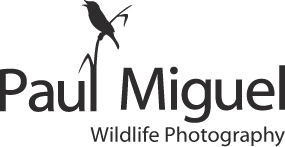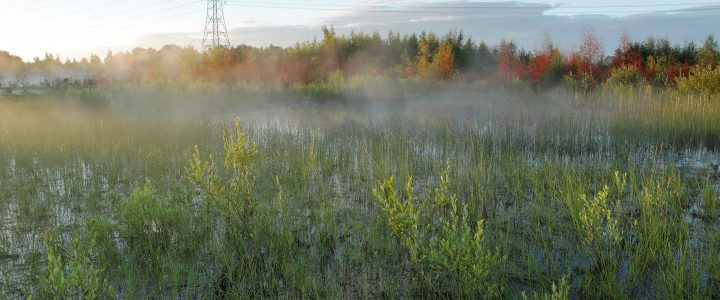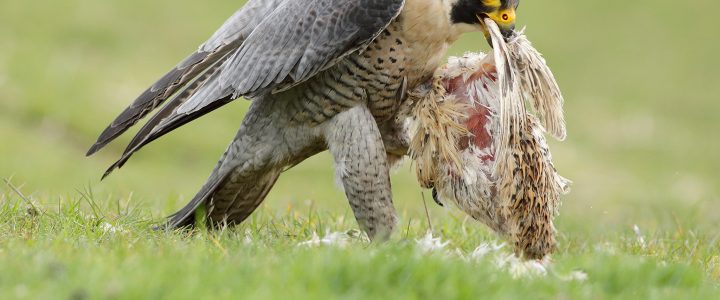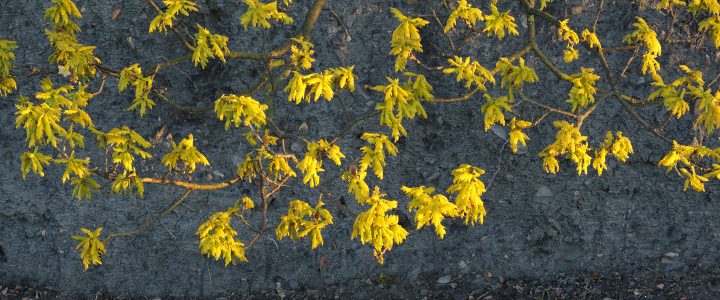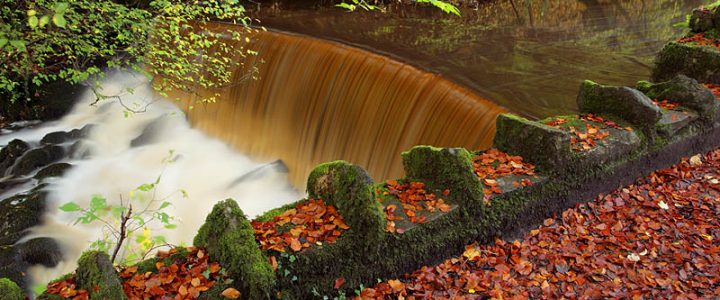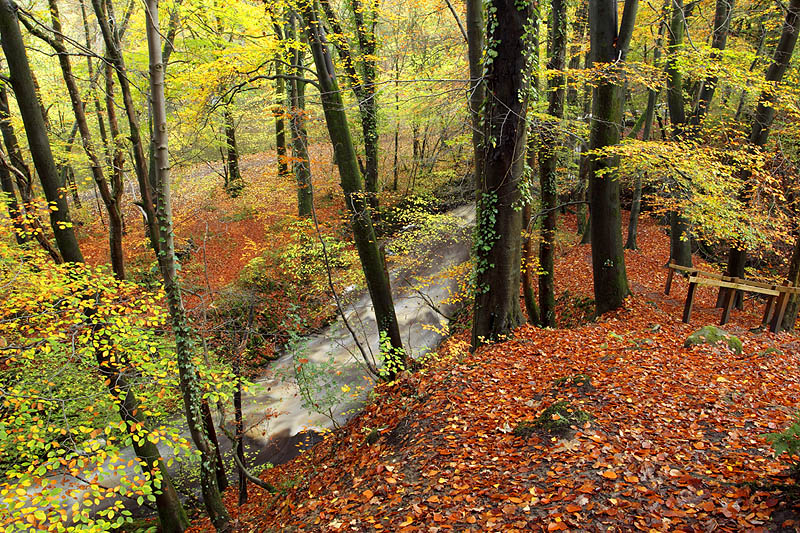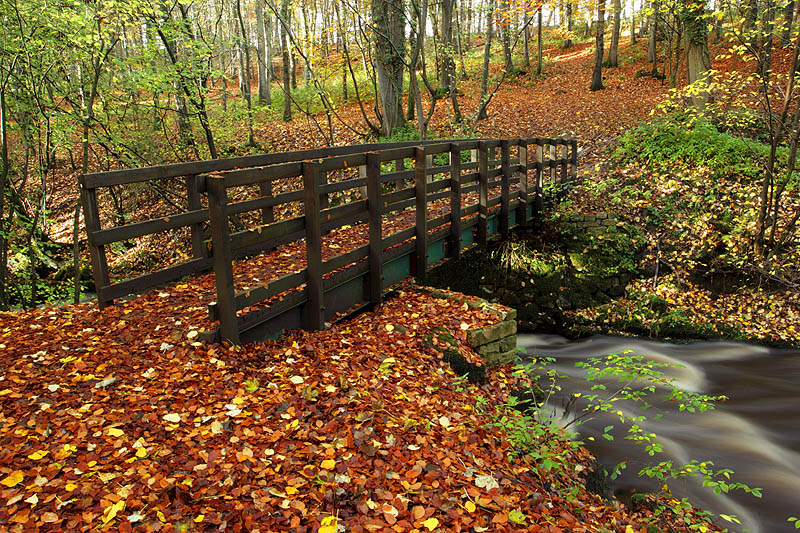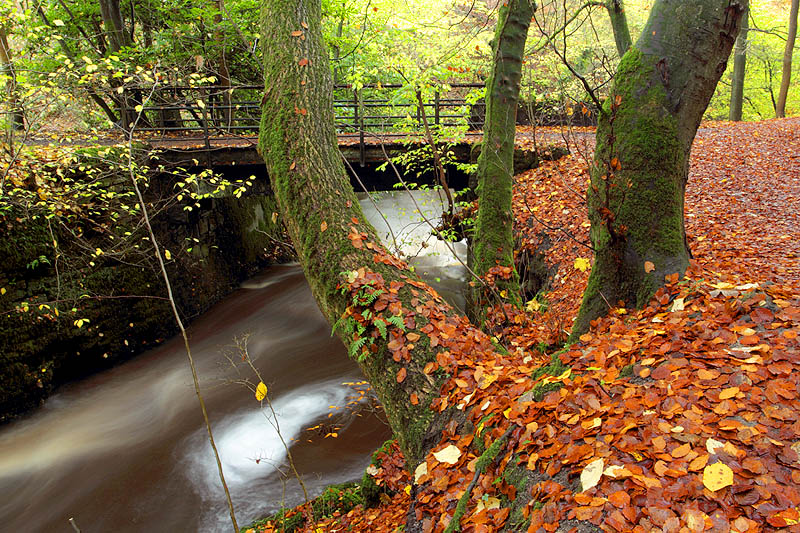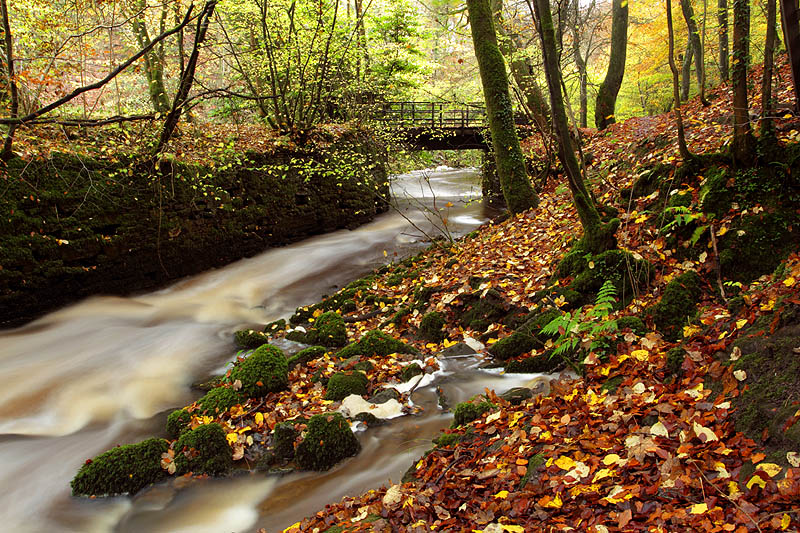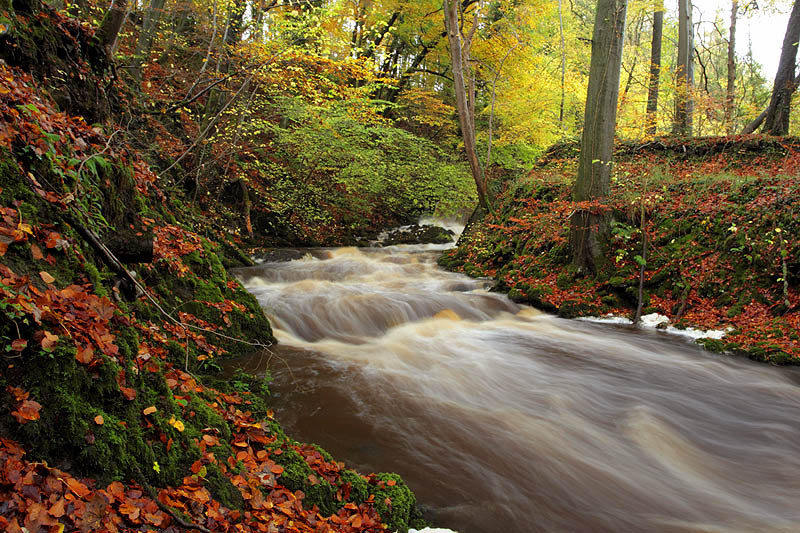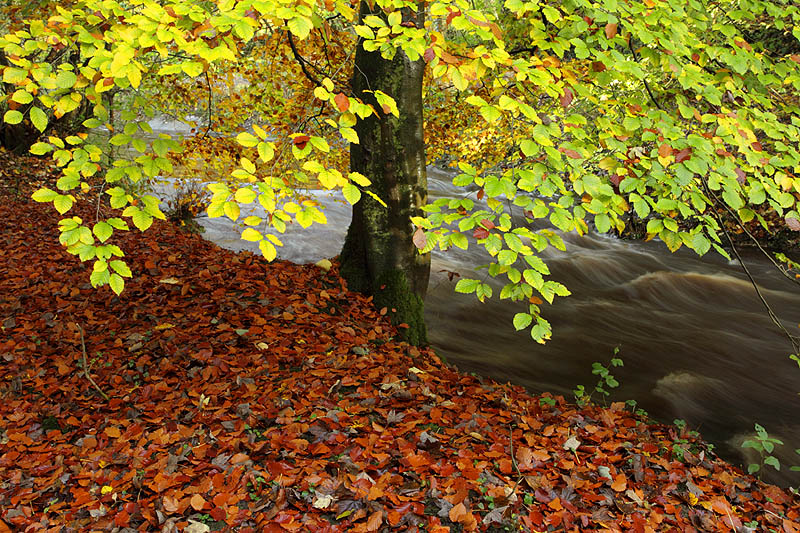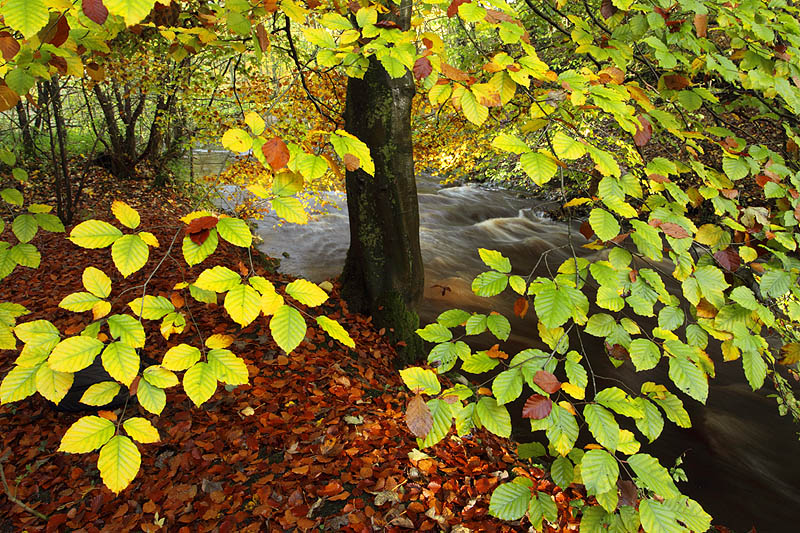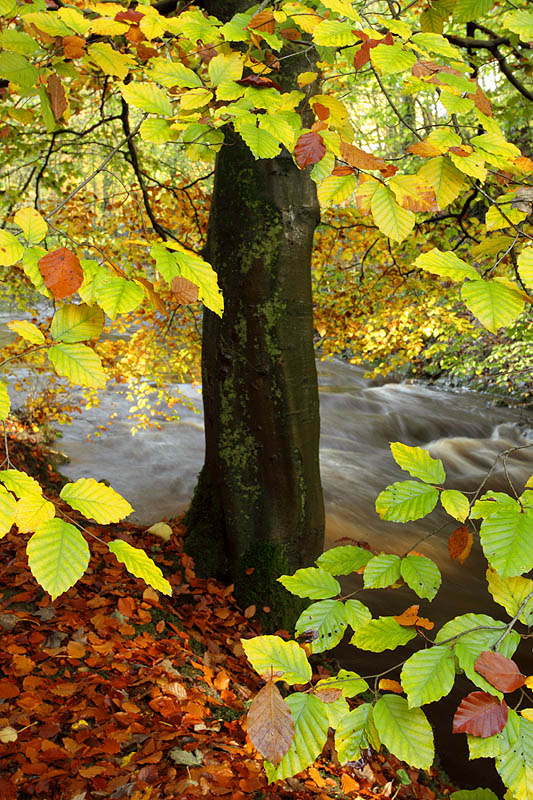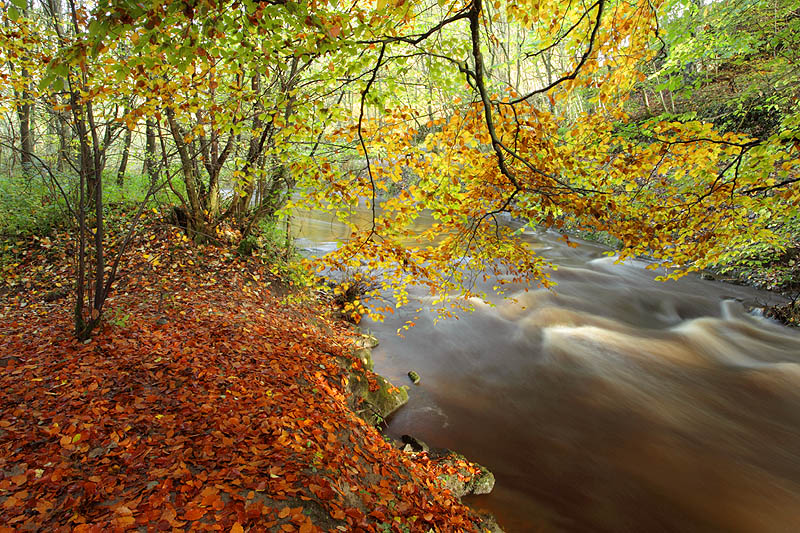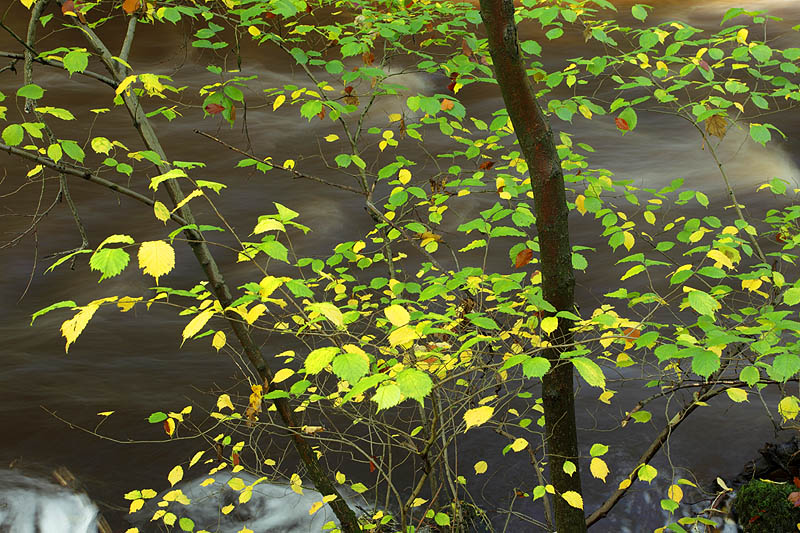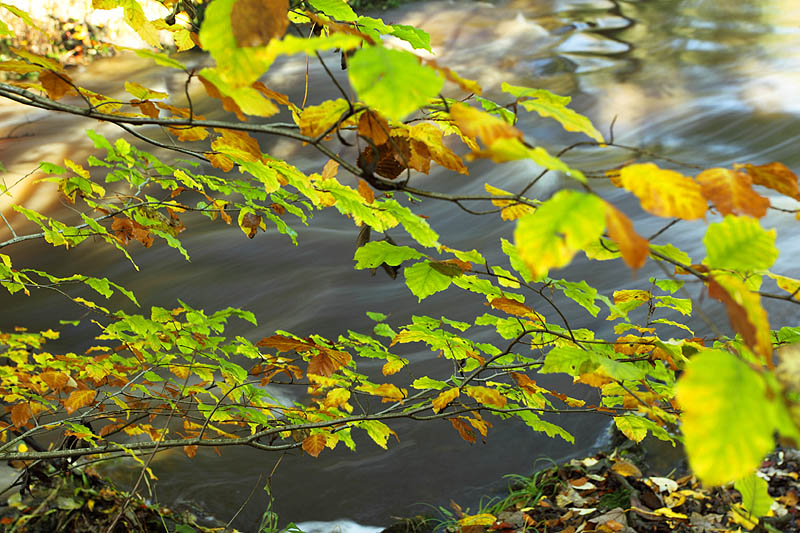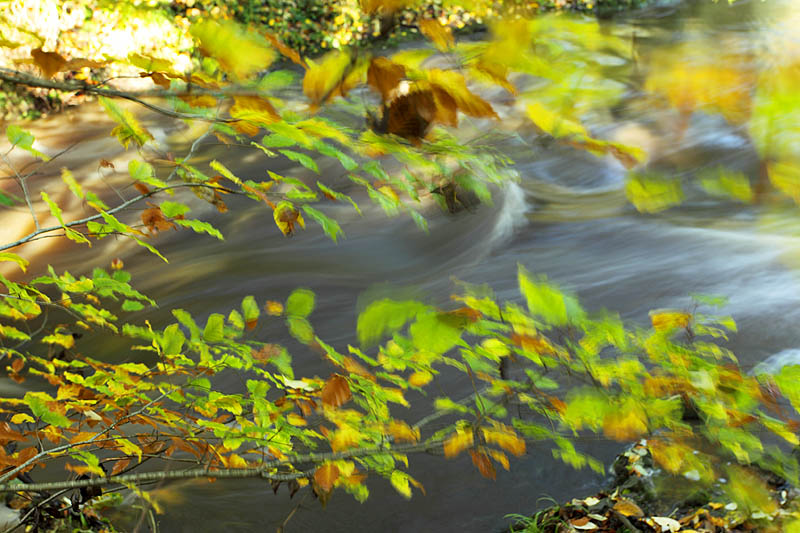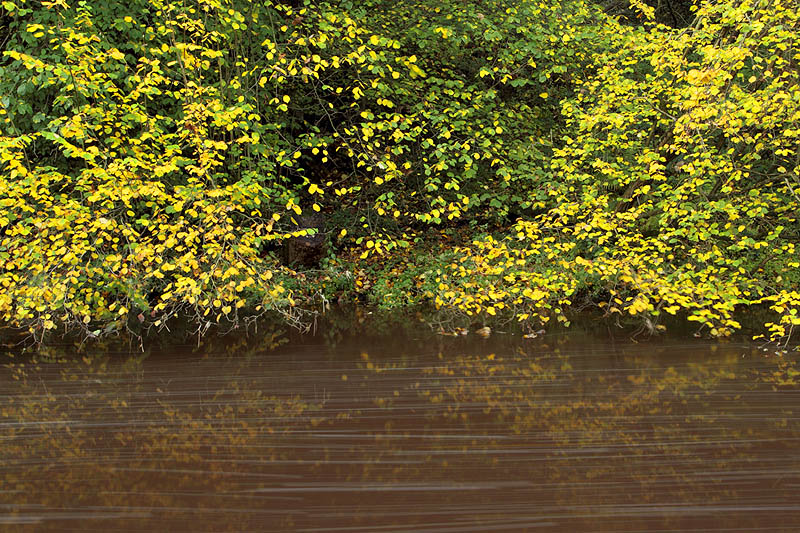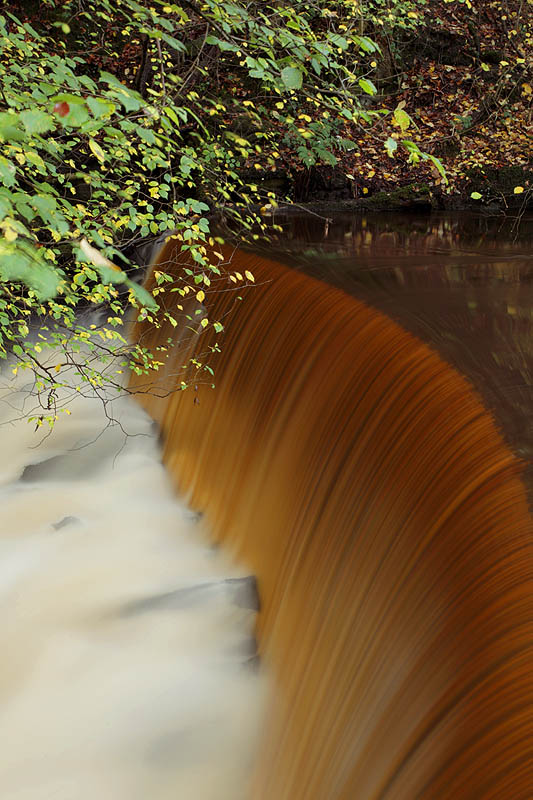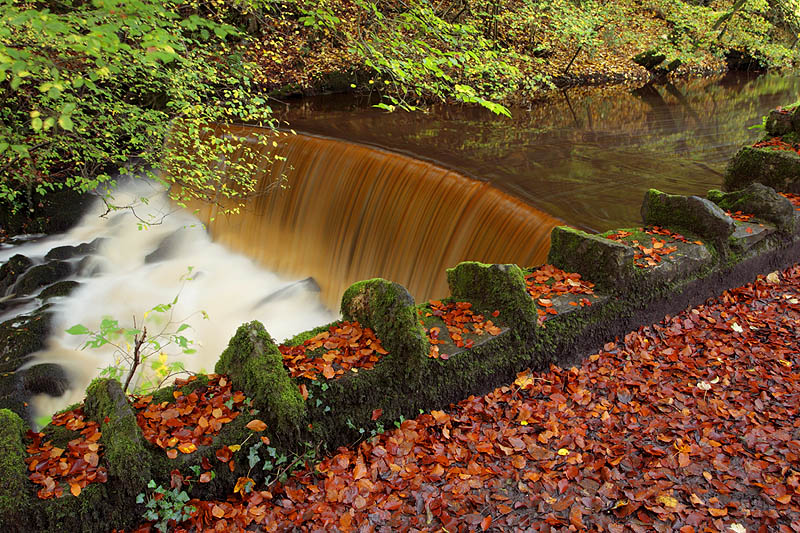It’s barely past 5.00am and I’m standing ankle deep in water next to my tripod, waiting patiently for the sun to climb above the tree-lined horizon. Already I can tell that I’ve made a good decision: the predicted early morning mist is clinging to the shallow pool and swirling in the soft breeze; the sky is largely clear but with the added touch of low cloud straight ahead. My composition is wide, to encompass the urban surroundings of this fascinating place. I’m happy with the foreground – the low sun will highlight the plants, revealing texture and form. I take a test shot before the sun rises but know the resulting image is flat; lifeless. It needs the light. The light will transform everything.

Gradually the sun begins to break, shining through the mist and casting its warm glow upon my carefully composed scene. I continue to shoot for the next ten minutes watching minute shifts in light and shade and subtle changes to the moving mist. Quickly it becomes too bright to continue and I know that the first exposures were the best. I pack up my gear and search for different photo opportunities in stronger light.

There are many ingredients that create a successful nature photograph but perhaps the biggest is actually ‘being there’. This does not mean simply turning up and shooting – it means a careful, considered approach to put you in the right place at the right time. With enough research you can visualise your image and arrive at the perfect hour in the best weather conditions. I often think how many nature and landscape photographs I have on file, but how many are truly good ones? It’s almost always the case that the most compelling of images are those that were carefully thought, crafted and executed. A little effort can go a long way…
Technical info: Canon 1D Mark iv; Canon 17-40mm lens at around 20mm, 1/6 second at f14, ISO 100, Cokin strong ND grad, mirror lock up, Induro Tripod
